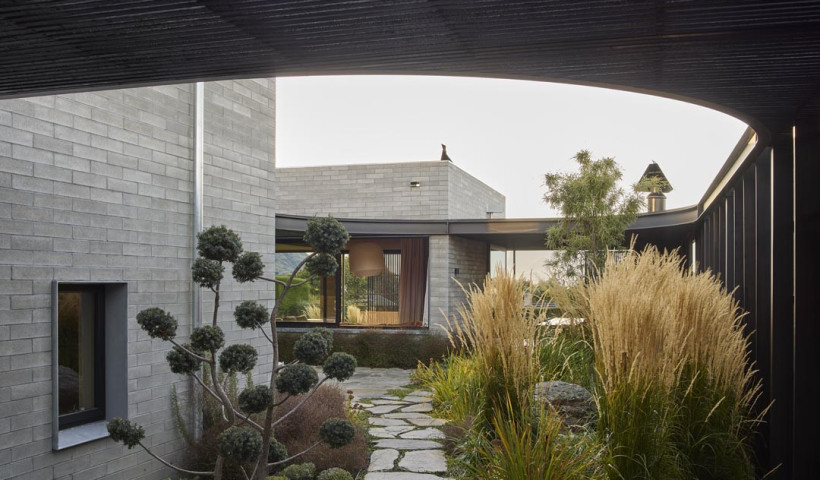
"We were looking around the area and came across the subdivision here before it had been marketed,” says owner Alan Cadwallader. “We were the first to buy a section at the southern end of the estate — and we think we got the one with the best view.”
The site south of Te Horo Beach was not a place for pretension, so once Alan and his partner Peter Corley had found their property, they began their next search — for an architecture practice that could design a building that was sympathetic to the environment and robust enough to endure the elements.
“We were initially drawn to First Light Studio because we’d heard about this young group of architects who’d placed in an international design competition,” says Alan. “We met with directors Anna Farrow and Nick Officer, and thought their fresh approach to design unencumbered by a past legacy would result in a true design-and-build partnership. Also, they were thoroughly nice people to deal with — we made the call after the first meeting that they’d be the architects we’d work with.”
Uninterrupted views of the sweeping coastline and Kāpiti Island are the key features of the outlook to the north and west of Alan and Peter’s new holiday home. Looking back across the land, the Tararua Range rises along the eastern side of the state.
“It’s a pretty extreme environment out here and there’s a strong prevailing wind coming off the coast,” says project architect Anna. “Our aim was to work with these extremes, and also to work against them to help our clients live comfortably indoors and out, regardless of the weather.”
“The nature of the topography and the ground was really like building in a sand dune,” says Nick. “It’s constantly shifting as the wind and sea change. I remember building our first computer model of the topography and it was so undulating that it crashed our software.”
In order to nestle the home naturally into the landscape, the team opted to slide off the top of the dune designated for the building platform. “The idea was to have the roof hovering over the space to emulate the dune that came before it,” says Anna. A band of clerestory windows from First Windows & Doors surrounding the living area separates the roof from the rest of the building and lends the architecture a lightness.
Having the Kapiti Island focal point located west provided some challenges in terms of how the openings in that direction would be impacted by the sun and wind. “We really strategised where those windows were going to go,” says Anna. “There are sliding doors centred on the kitchen island, so when you’re preparing dinner there, Kāpiti Island is framed, and the picture window at the end of the dining area looks straight out to the coast when you’re gathered around the table. It was all about framing the views in certain places to get the most enjoyment out of those moments.”
Conceived as a bach that will end up as a permanent home, the home’s floorplan accommodates the ebb and flow of guests with a clear division between public and private zones. “There are two different boxes of building, and there’s a stylistic change between them,” says Anna. “When you leave the lofty entertainment space and pass through to the sleep space, the ceiling height drops much lower and the rooms are more intimate, so it really feels like you’re retreating.”
Small and smart architecture is the driving force at First Light Studio, and a sustainable ethos underpins their practice. As well as utilising passive solar principles, for this project, they designed the home to be self-sufficient through rainwater collection off the roof, a fire and wetback for heating the house and water, and a natural flow system to deal with wastewater.
And sustainability doesn’t stop with the architecture. “Restoring the landscape to something like what would have been here before it was farmland was important for us from the outset,” says Alan. “We wanted to create something of a native oasis in a challenging environment. We best describe it as the land having lost its memory; it was regenerating with pest weeds, so we’ve had to invest time and effort into clearing them and keeping them from coming back, while establishing plants that will thrive.”
For Alan and Peter, occupying the home has been the most rewarding part of the process, but Alan says they felt very fortunate throughout. “First Light understood our brief and did a lot of the heavy lifting on the detailed decision-making. They brought in builders Pinnacle Construction during the design process, so there was common understanding of what we were aiming to achieve, and because they’d worked together before, the translation of design to build was seamless. It was a stress-free build for us, and we’d happily do it all over again.”
A few short years since they first broke ground, the couple are already reaping the rewards of the hard work they’ve put into creating their coastal bolthole, connecting with the rhythms of the day and living in the landscape.
This story is part of the 'Outside In' series in collaboration with homestyle magazine.













 Case Studies
Case Studies








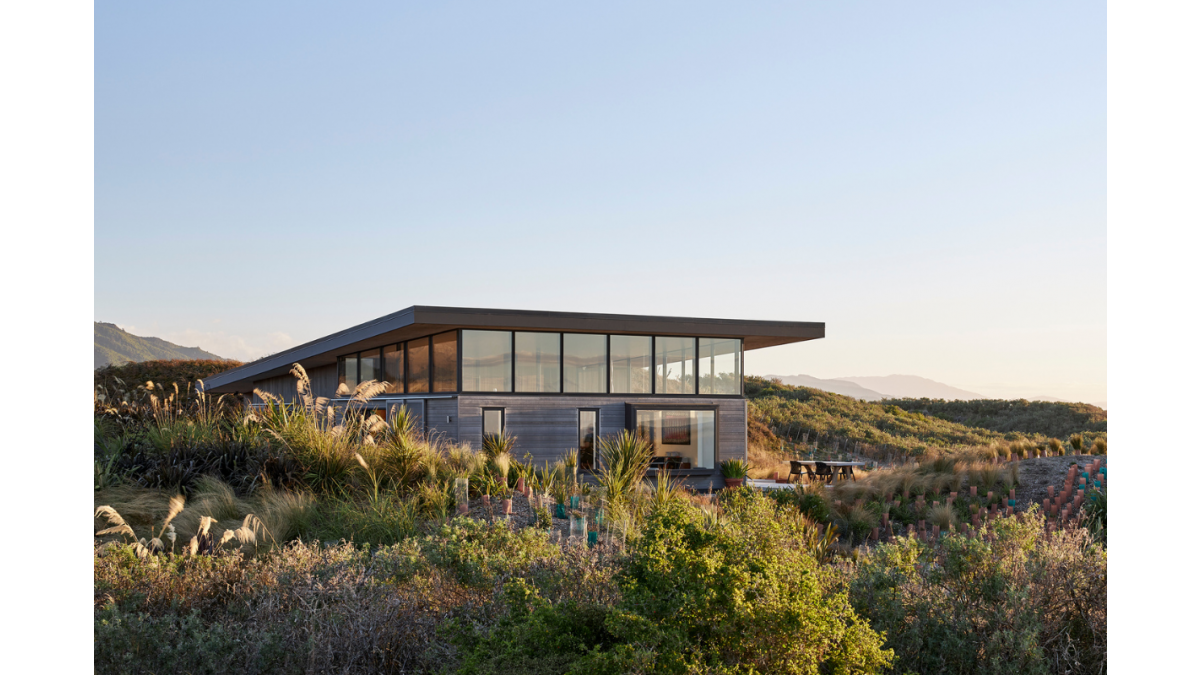
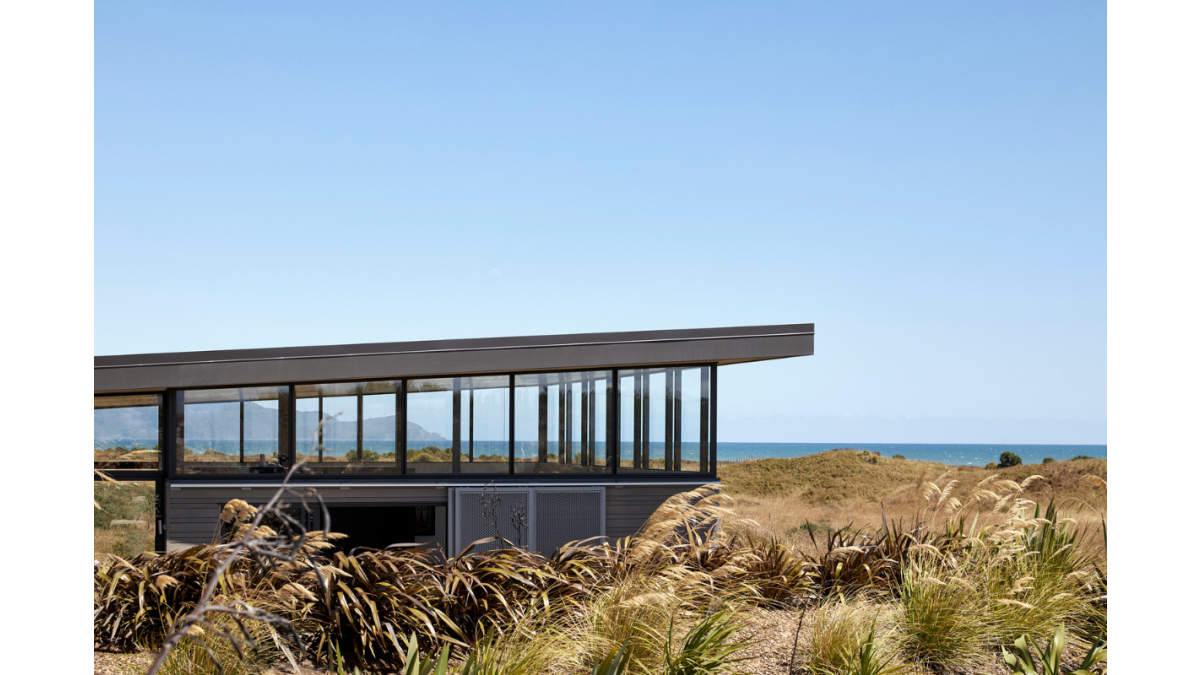
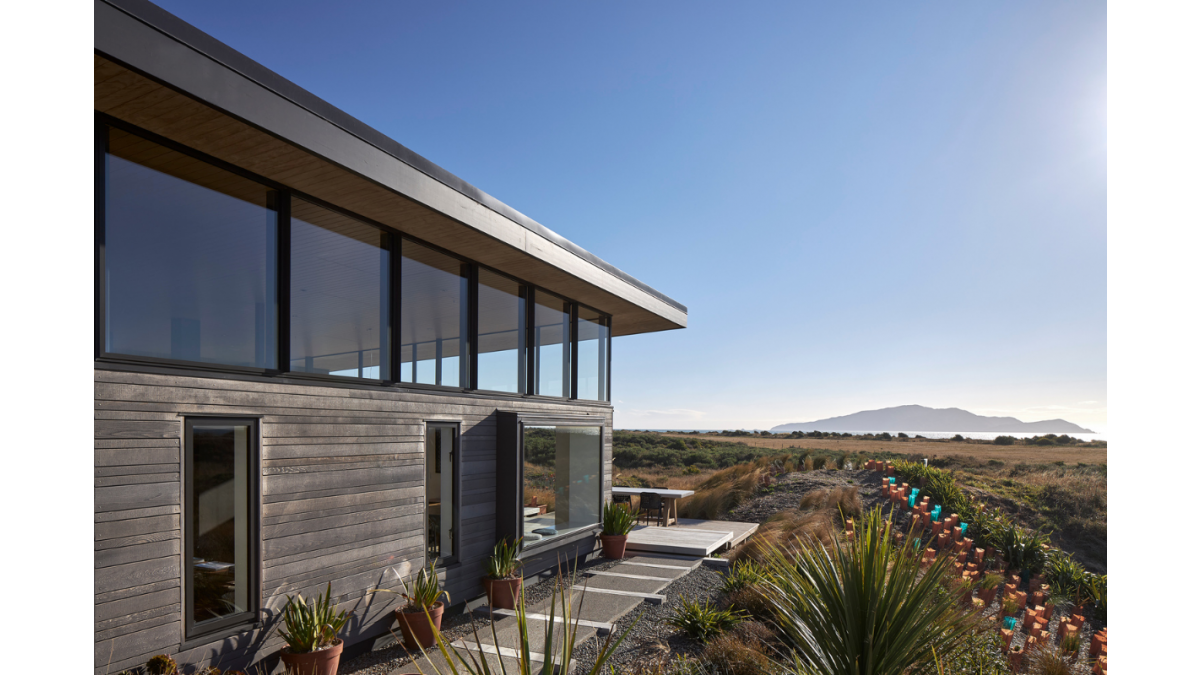
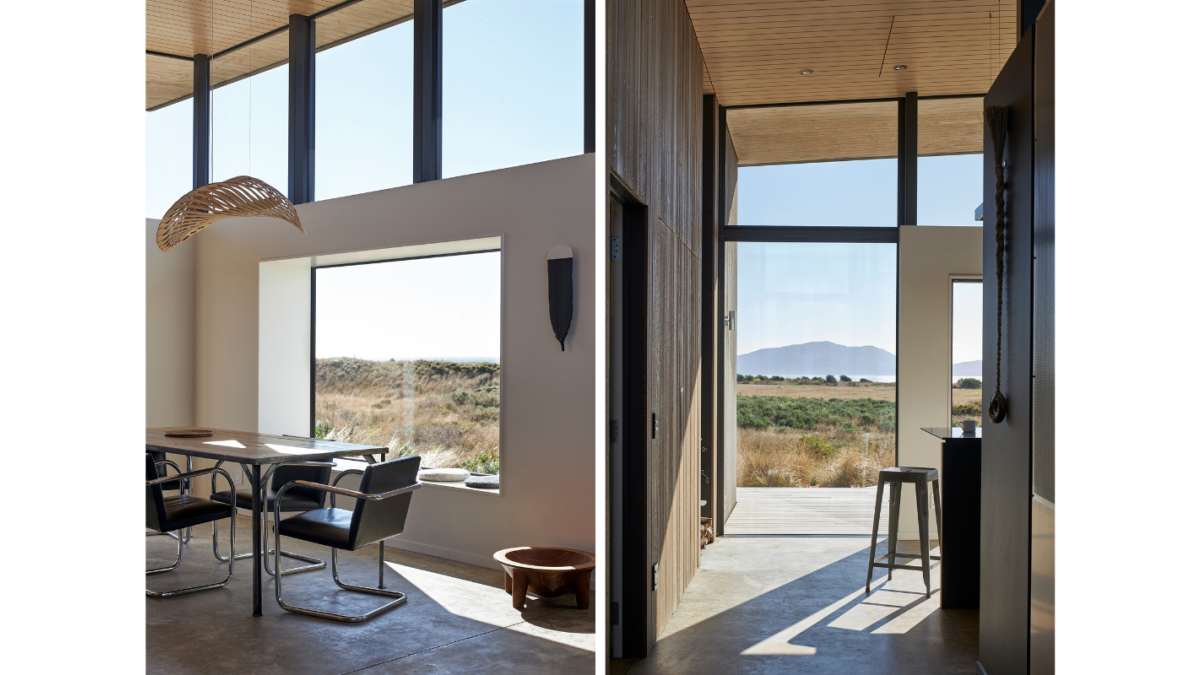
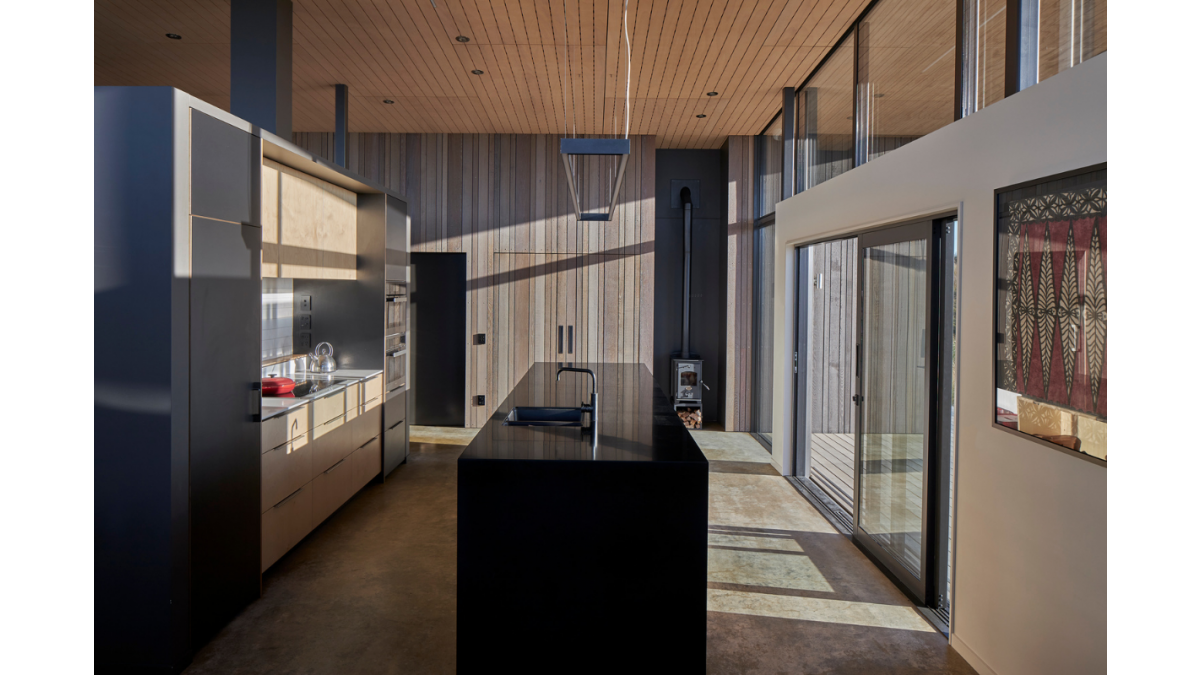


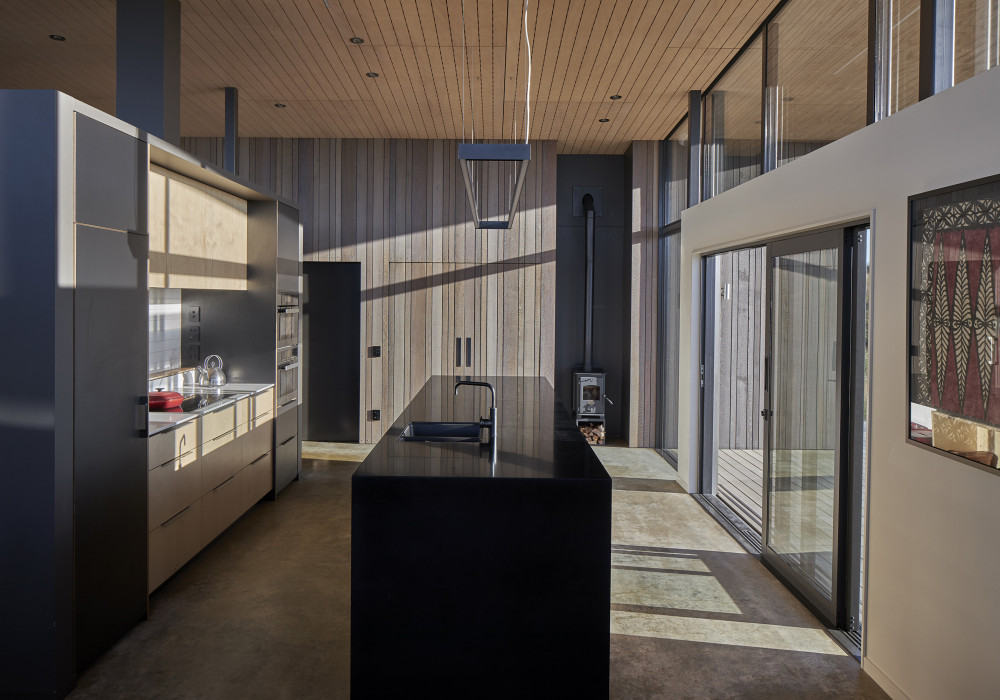

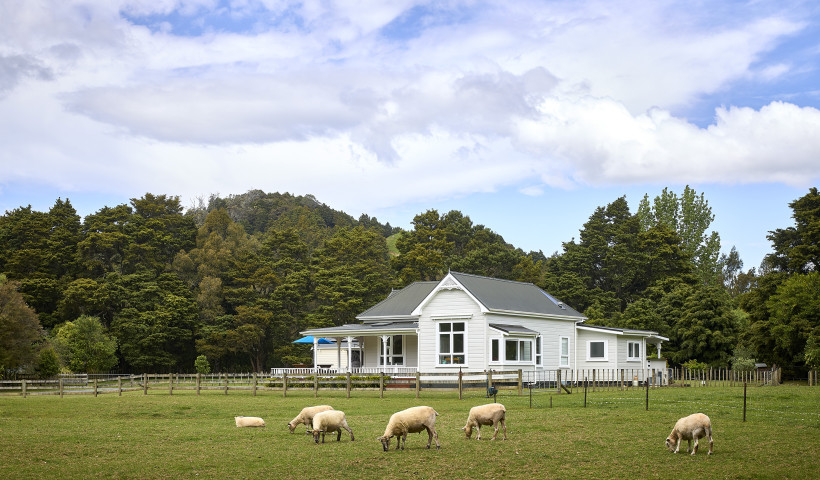
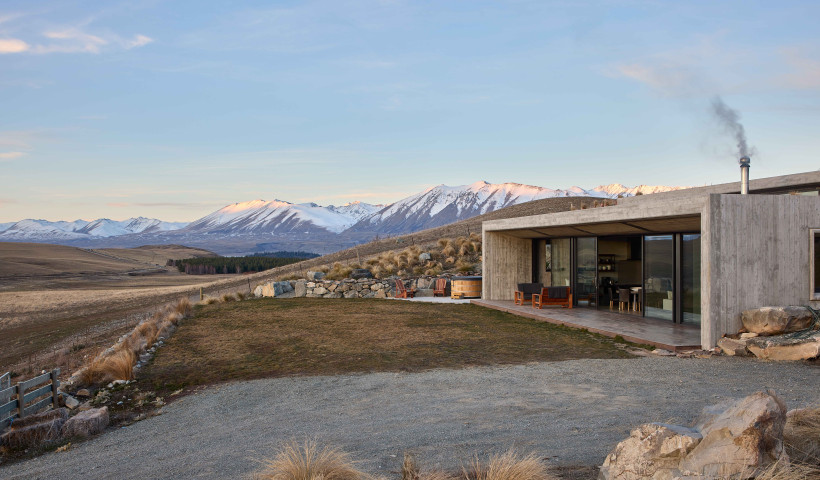
 Popular Products from FIRST Windows & Doors
Popular Products from FIRST Windows & Doors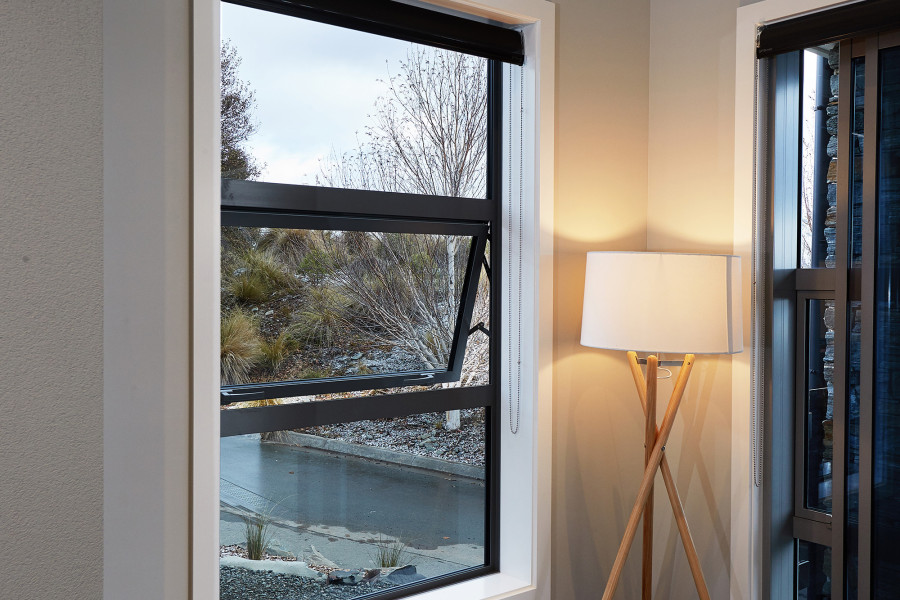
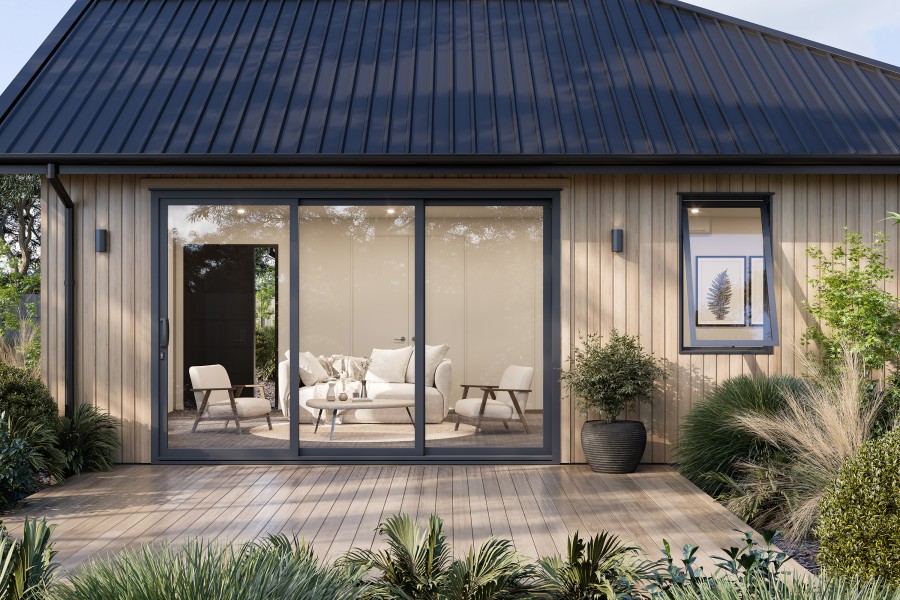
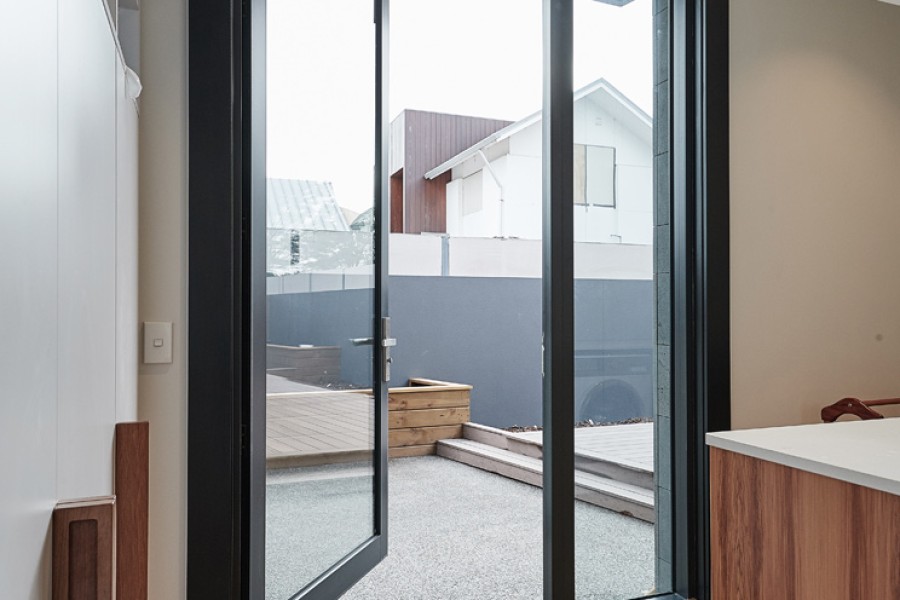
 Most Popular
Most Popular


 Popular Blog Posts
Popular Blog Posts